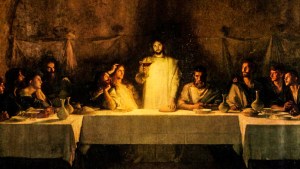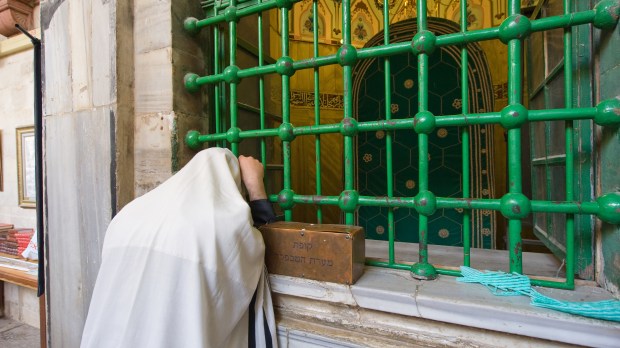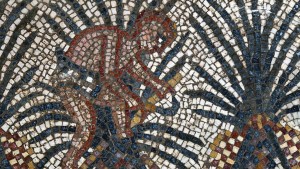The veneration of saints in Catholicism is a deeply rooted, cherished practice that holds immense historical and theological significance. But that does not mean it is exclusive Christian Catholic heritage. Whereas scholars of Christianity have shown that the Christian veneration of saints draws some of its elements from local cultural and religious influences proceeding from the places into which Christianity grew, it is also true that hagiography (that is, the writing of the lives of people considered holy – in a word, saints) was always a popular genre of Jewish narrative – one that grew exponentially during the Middle Ages, featuring either ancient Jewish sages and martyrs (biblical and Talmudic characters mainly) or medieval scholars, rabbis, and (again) martyrs.
It is no wonder that the parallels between Catholic saint veneration and Jewish practices are sometimes striking.
Judaic origins
In Judaism, the veneration of saints has its origins in the veneration of prophets and other righteous individuals who played a pivotal role in shaping Judaism. These figures were oftentimes honored with shrines and commemorations, with the most famous example being the noted MeArat HaMakpelah, the noted Tomb of the Patriarchs, a site associated with Abraham and other biblical figures, as it is said that Abraham bought this cave and the adjacent field to turn it into a burial plot for himself and his descendants.
The practice of honoring these holy individuals (and the places associated with their stories) served to strengthen the Jewish connection to their history, traditions, and narratives. This tradition of honoring prophets and holy people laid the foundation for the veneration of saints in Catholicism, way before what the scholars have referred to as the parting of the ways.
The Catholic tradition
In Catholicism, the veneration of saints is based on the belief that certain individuals, as seen in their exemplary lives, are now surely in the presence of God in heaven. The Catechism of the Catholic Church clearly states that these individuals have “practiced heroic virtue and lived in fidelity to God’s grace,” so that “the Church recognizes the power of the Spirit of holiness within her and sustains the hope of believers by proposing the saints to them as models and intercessors” (Cf. CCC 828). That is, Catholics venerate saints, not as deities or gods, but as intercessors who can pray to God on their behalf.
The shrines, feast days, and relics associated with saints are ways for Catholics to express their reverence, seek the saints’ intercession in their own lives, and acknowledging them as examples of a life well lived. The veneration of saints not only provides a connection to the divine but also serves as a source of inspiration and guidance for the faithful.
Other influences
Catholicism, however, is not solely influenced by Judaism in this regard. Whereas one could say that the Early Christian practice of visiting the tombs of martyrs (regarding them as holy places of pilgrimage) can somehow echo the ancient custom already at play in Judaism (again, as seen in the example of the Tomb of the Patriarchs), it is also true that as the Church expanded and encountered different cultures, it integrated various elements from other religious traditions into the practice of saint veneration.
For example, Mediterranean Roman culture, with its focus on memorial feasts, played a role in shaping the Catholic liturgical calendar – including saints’ feast days, from which the faithful continually draw inspiration.



